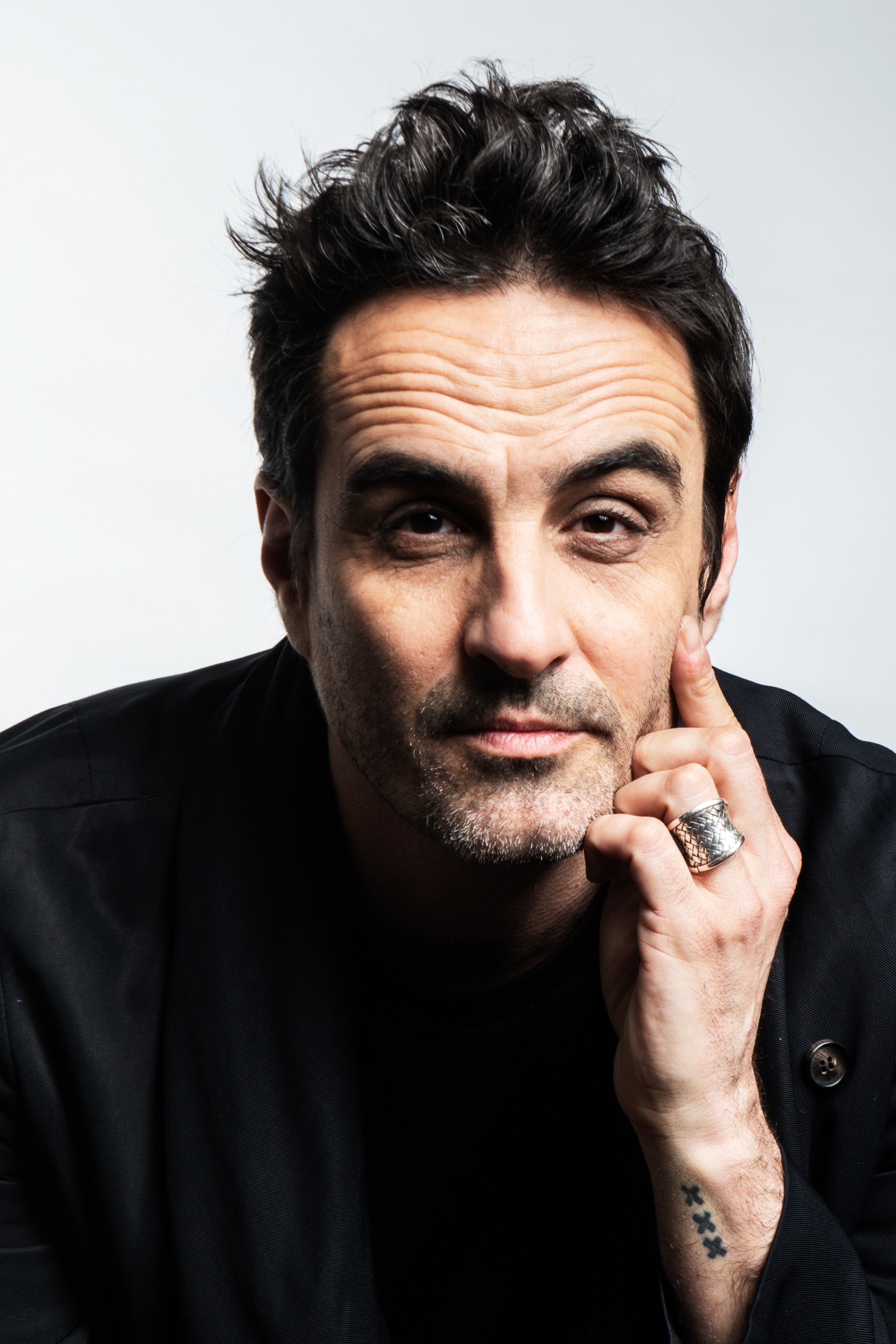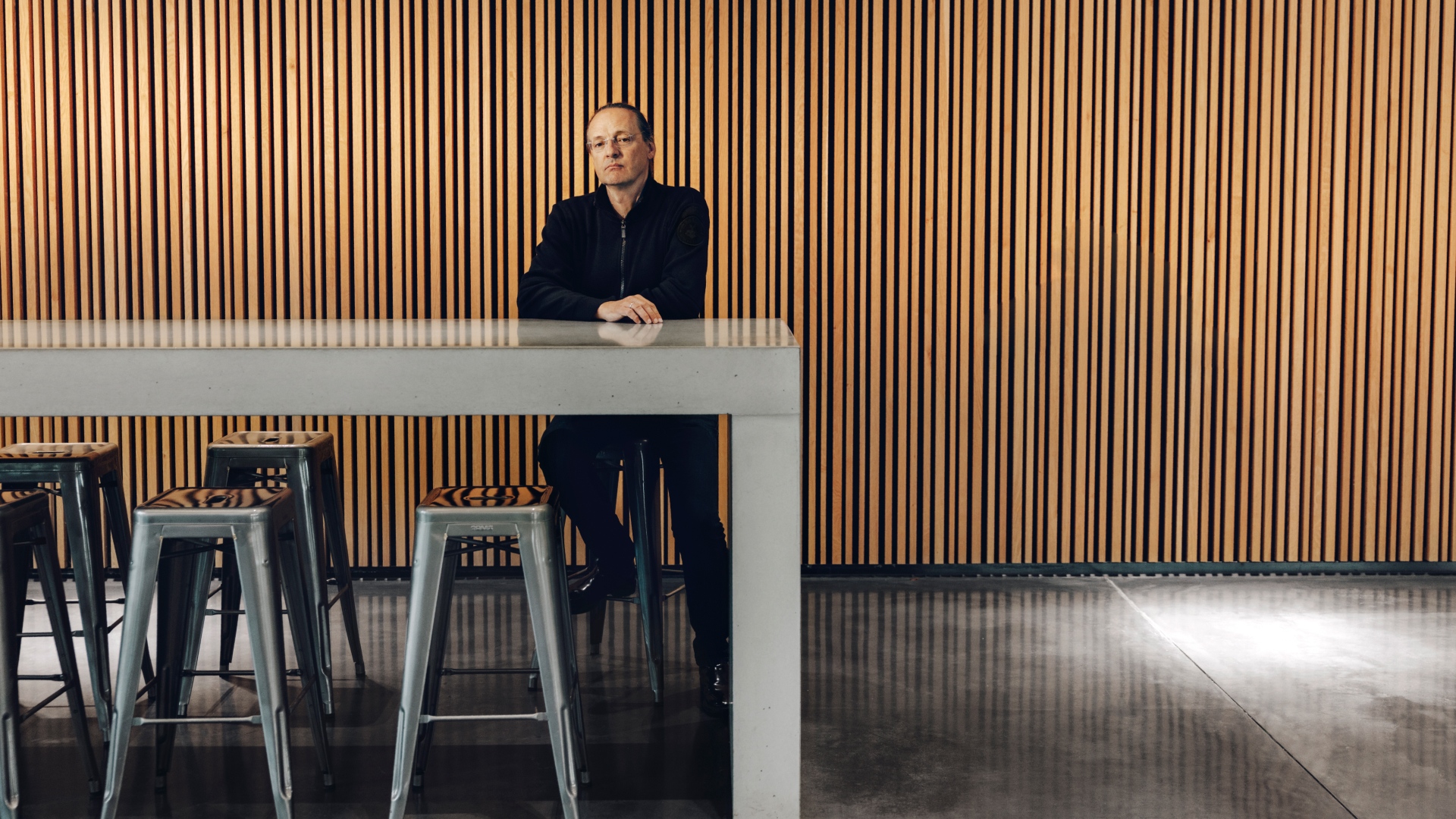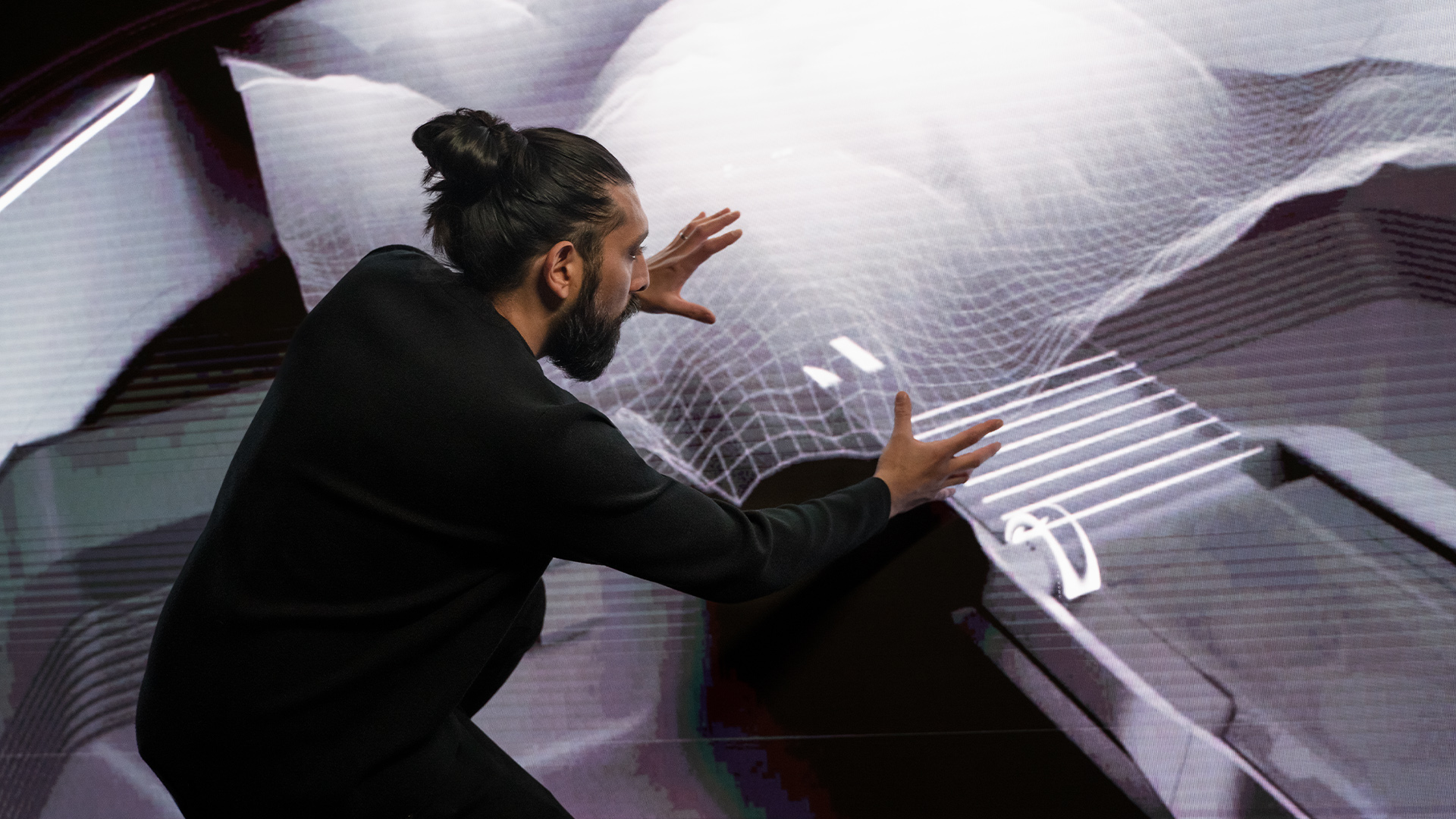The Audi activesphere concept* is one of the fascinating concept cars of Audi that continue to demonstrate technological possibilities, pioneering innovations, and exciting designs. With the studies, Audi is taking a look into the future of the progressive luxury class.
On the renaissance of design
“Design is more than just form and function,” says creative director Gabriele Chiave. Given the increasing importance of the circularity approach he offers insights on the role of designers in advancing a sustainable future and his installation for Audi at Milan Design Week.

The Flos Skynest by Gabriele Chiave and the Marcel Wanders Studio is assembled with standard materials in a new way which makes the lamp a great representation of design innovation: rethinking the process of creating a product from scratch.
The Flos Skynest by Gabriele Chiave and the Marcel Wanders Studio is assembled with standard materials in a new way which makes the lamp a great representation of design innovation: rethinking the process of creating a product from scratch.
Mr. Chiave, the principle of design has always been “form follows function”. How is the focus changing now that sustainability is becoming increasingly important?
In my opinion, the idea that design follows form is overstated and overshadows more important aspects. For me, design is about emotion, memory, dreams, heritage, culture, and craft – the things that make up the part of design that speaks to people’s hearts more than their minds. Designers are problem solvers. If we improve the lives of people, we can improve the wellbeing of the planet. So, sustainability, especially circularity, is becoming extremely important for designers. We as humans are responsible for how we live, consume and respond to the world that surrounds us. But as designers, we have an even greater responsibility because we are the ones who create new things. And creating new things may not always be the smart thing to do, maybe new is not always the right approach in today’s world. In a way, we’re seeing a kind of renaissance of design.
What does circularity mean in the context of design?
Sooner or later there will be a natural appreciation and awareness of products that show that they are recyclable and responsible in their own way. So, we try to reuse, recycle, and redesign things. It’s about rethinking the process of creating a product from the beginning. For example, at the Marcel Wanders Studio we created the Flos Skynest lamp. It’s a timeless design piece that combines the tradition of handcrafted weaving with innovative lighting techniques. Each element is inserted between the central core so the individual components can be easily disassembled and recycled when broken. In my opinion it’s the essence of a beautiful, handmade product that is sustainable, ethical, and technologically innovative.

Gabriele Chiave lives with his wife and daughter in New York, where he works as Global Creative Director for a well-known cosmetics company.

As Creative director at Marcel Wanders Studio, Gabriele Chiave designed the Flos Skynest lamp as a representation of design innovation: rethinking the process of creating a product from scratch.
Gabriele Chiave lives with his wife and daughter in New York, where he works as Global Creative Director for a well-known cosmetics company.
As Creative director at Marcel Wanders Studio, Gabriele Chiave designed the Flos Skynest lamp as a representation of design innovation: rethinking the process of creating a product from scratch.
“Creating new things is not always the right approach”
Gabriele Chiave
How can designers play a vital role in advancing a sustainable future?
Our role is essential. As a designer, my principle is “less and more”, which means less quantity and more quality. That is, I try to design pieces that last longer. But I think the responsibility of a designer is much greater than what is usually associated with design. It’s about educating and inspiring consumers to behave more sustainably. It’s not enough to say we’re going to do this with recycled plastic or raw materials, because that limits it a lot. We want to change the way people live their lives and create more sustainable communication behaviours by creating experiences that encourage the consumption of more sustainable objects, products, and experiences. Through our work, we are collectively responsible for raising awareness of sustainable behaviour and how to consume less or better.
“If we all act together, everything else will follow”
Gabriele Chiave
What is the relationship between art, design and circularity?
Circularity ensures that your design piece is long-lasting, which is great because if you really love something, you’ll most likely keep it as long as possible, right? You might even pass it down for generations to come. The emotional value makes design pieces like this evergreen. I call that emotional sustainability. So, it’s really about creating a closed loop. Because design is not a straight line of creating, producing, consuming, and exhibiting. It is a circle. Everything is interacting and connected. That is also the main idea behind the installation “The Domino Act” that I created for Audi for this year’s Milan Design Week.

With “The Domino Act”, Audi conveys its various themes of circularity at this year’s Milan Design Week.
With “The Domino Act”, Audi conveys its various themes of circularity at this year’s Milan Design Week.
Talking about your installation for Audi. Can you elaborate on the idea behind it?
It is a reinterpretation of the domino effect. The domino effect is a United Nations dogma that states that all resources and all sustainability-related problems, such as food scarcity, pollution, water contamination and deforestation are interconnected. They are not singular problems. We chose the term “Domino Act”, because it has more of a positive connotation: it means that if we all take even one small positive action for sustainability, for the way we live, if we all act together, everything else will follow. That’s going to create a change. So, it’s a positive domino effect, which is not an effect, but an act. Let’s act together to change this and make the world a better place.

Gabriele Chiave designed the installation "The Domino Act" for the Milan Design Week.
Gabriele Chiave designed the installation "The Domino Act" for the Milan Design Week.




